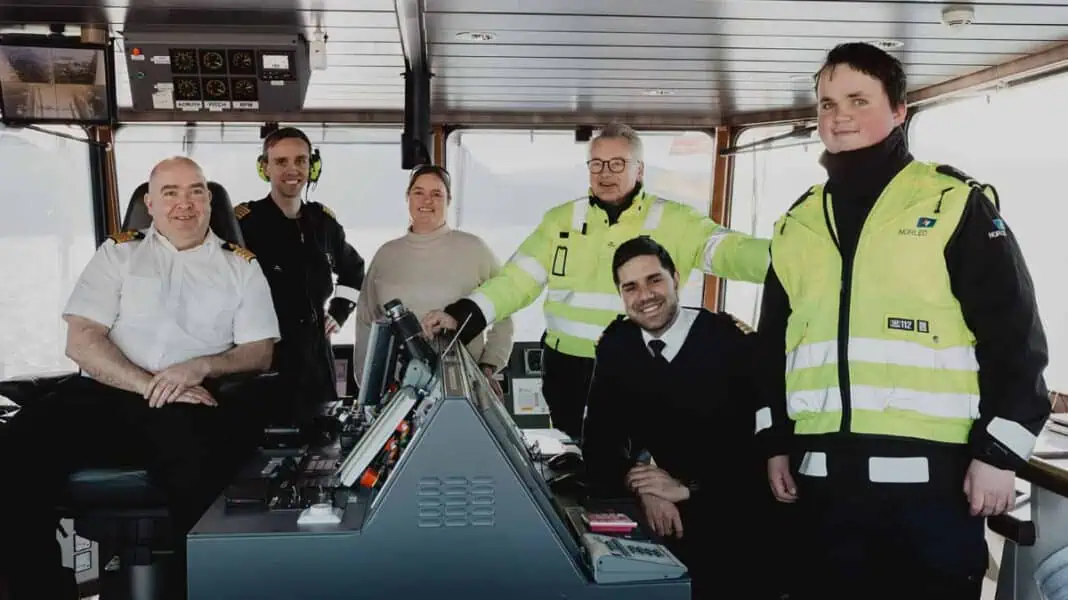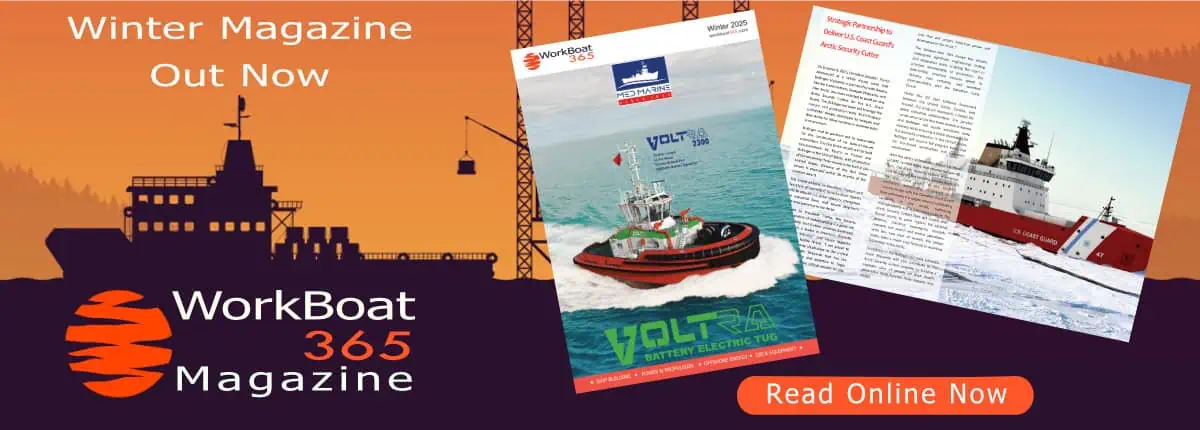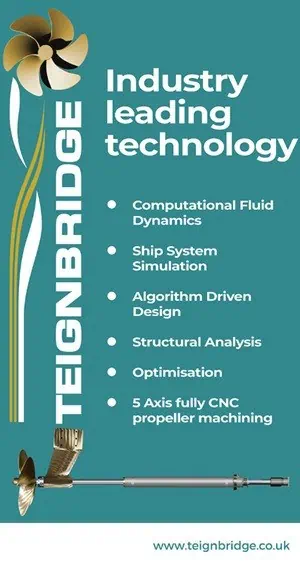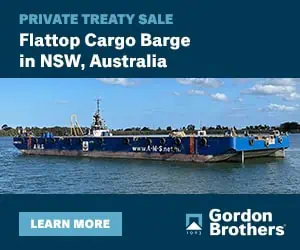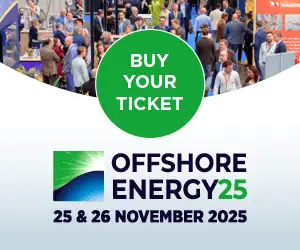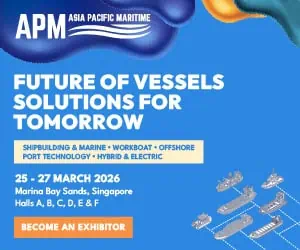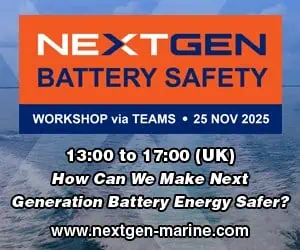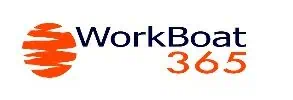On February 16, 2025, the world’s first all-electric ferry, MF Ampere, celebrated 10 years of emission-free operations on the Lavik-Oppedal route across the Sognefjord in Norway. This milestone marks a decade since the beginning of the electric revolution in shipping, setting a global standard for sustainable maritime transportation.
When the Norwegian Public Roads Administration announced the contract for the Lavik-Oppedal ferry link, it came with a unique requirement: one of the ferries in the link, the B route, had to include an innovative environmental measure. Norled, one of Norway’s leading ferry operators, took up the challenge and thought outside the box. The idea of an all-electric ferry was born.
This pioneering ambition led to the construction of MF Ampere – a world first and a pioneer in emission-free shipping. The Norwegian Public Roads Administration’s requirements for innovation and environmental considerations set the standard for future ferry operations and inspired further electrification of the Norwegian transport sector.
MF Ampere was built in 2014 by Fjellstrand shipyard in Omastrand in Vestland county as the world’s first fully electric car ferry. The ferry is 80.8 meters long and 20.8 meters wide and has room for 120 cars and 350 passengers. The ferry is the result of Norled winning a tender to operate the Lavik-Oppedal ferry link, which carries around one million cars annually.
Since its launch, MF Ampere has completed over 100,000 voyages – the equivalent of almost 17 times around the equator. It has saved approximately 1,000,000 liters of diesel per year and prevented the emission of over 570 tons of CO₂ annually, in addition to completely zero emissions of greenhouse gases such as methane and NOx.
– The experience from MF Ampere shows that it pays to invest in electric ferry operation, both for the environment and society by creating new jobs in the maritime industry and because electric operation is cheaper than diesel operation in the long run,” says Heidi Wolden, CEO of Norled.
When the MF Ampere started up, it was the only one to be fully electric. Today, Norway has a fleet of 68 electric ferries on 65 routes. These ferries represent a significant proportion of the Norwegian ferry fleet and underline Norway’s position as a pioneer in green shipping.
This transition has brought huge environmental benefits. In total, electric ferries have contributed to reducing Norway’s annual CO₂ emissions considerably. This is a concrete example of how electrification contributes to achieving both national and global climate goals.
– For Norled, Ampere marks the start of environmentally friendly operations. “From having Ampere, which accounted for 4 percent of our fleet with zero emissions, we now have almost 50 percent of our fleet with low and zero emissions. And we will continue to work on getting more vessels to switch to low and zero emissions,” says Heidi Wolden.
The battery technology and electrical systems on board MF Ampere were supplied by Siemens, which also developed a solution to handle the high power requirements. To enable charging in Lavik and Oppedal, where the power grid had limited capacity, battery buffers were installed on both ferry berths. A single crossing requires only 150-200 kWh, illustrating how efficient battery operation is compared to conventional solutions.
The experiences from MF Ampere have inspired both Norway and the rest of the world to invest in electric ferry solutions. In addition to the electric ferries already in operation in Norway, dozens of new ones are under construction. They follow in the wake of MF Ampere, which has shown that electrification reduces both operating costs and climate emissions.
Norway has set a target for all Norwegian ferry services to be emission-free by 2030, and all tenders currently being issued must be emission-free. The challenge now is whether the counties will receive funding to continue this important transition.
Facts about MF Ampere:
- Shipping company and owner: Norled
- Built: 2014 by Fjellstrand Verft, Omastrand in Vestland.
- Start of operation: February 16, 2015.
- Length and width: 80.8 meters long, 20.8 meters wide.
- Capacity: 120 cars and 350 passengers.
- Operation: All-electric with batteries
- Environmental benefits: Saved close to a million liters of fuel and 570 tons of CO₂ annually.




